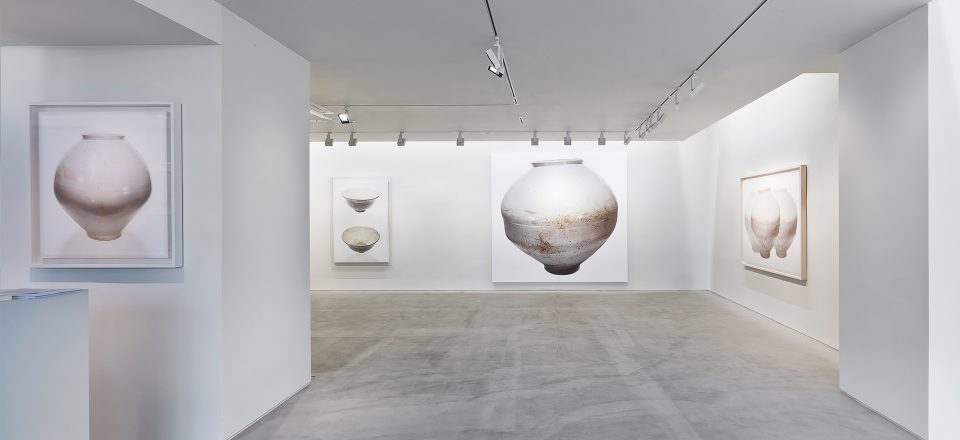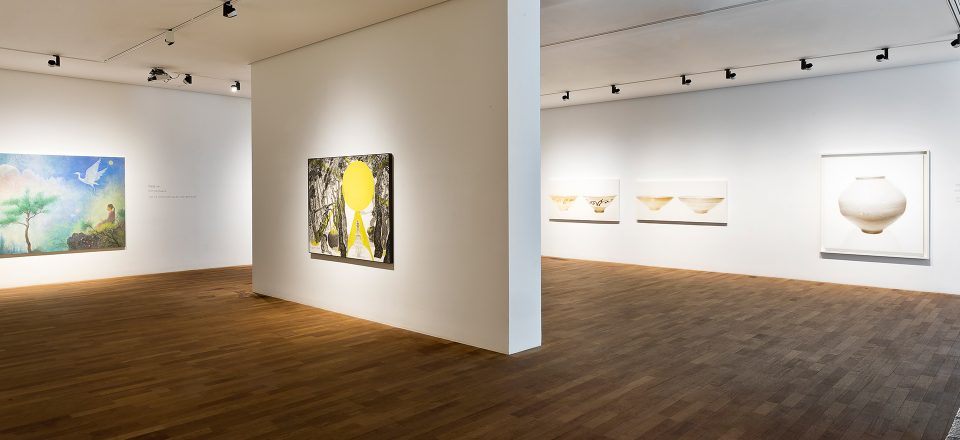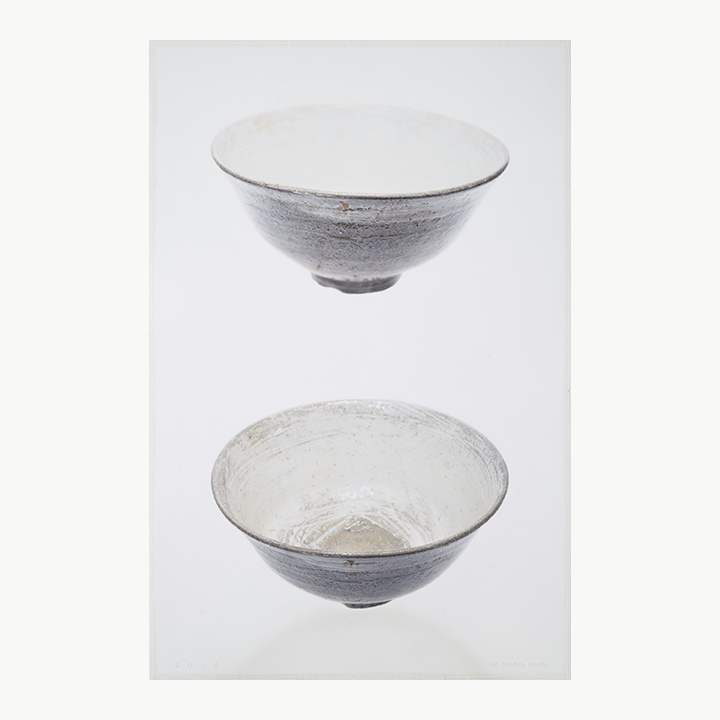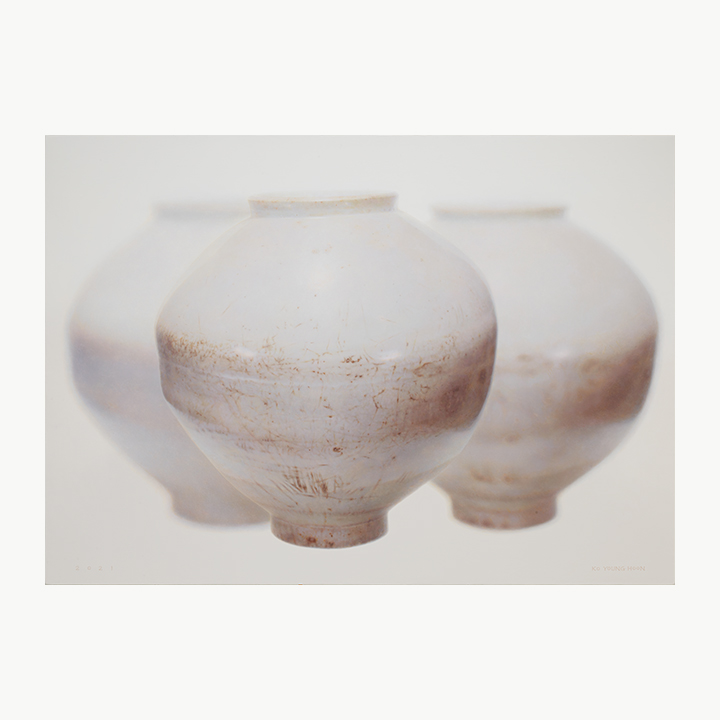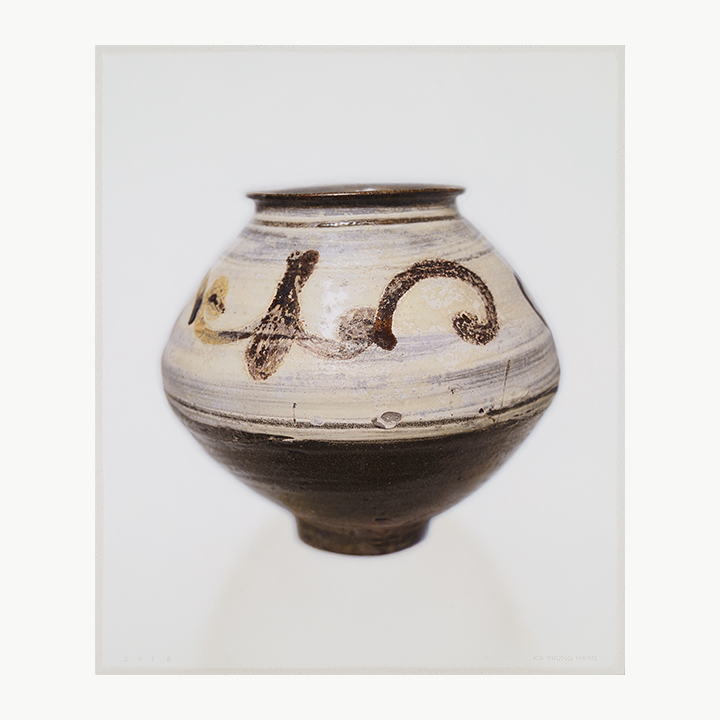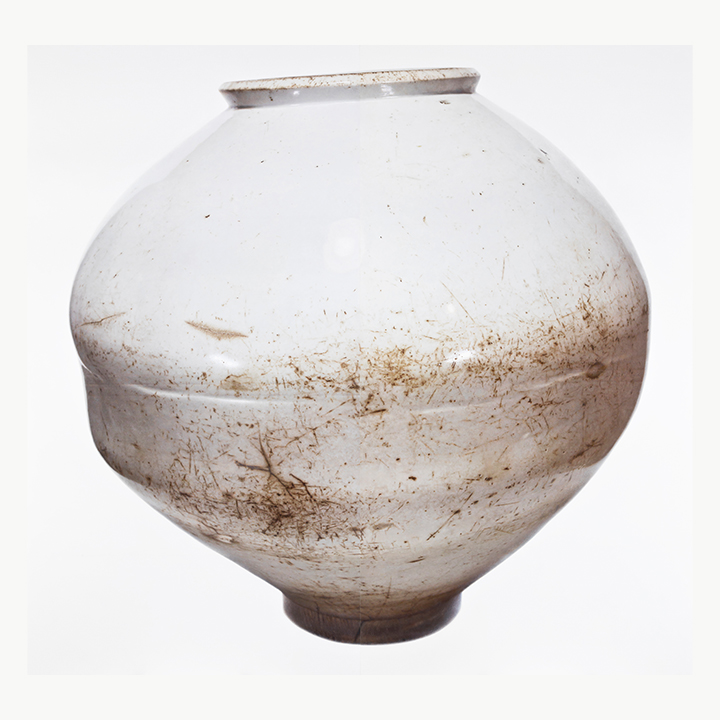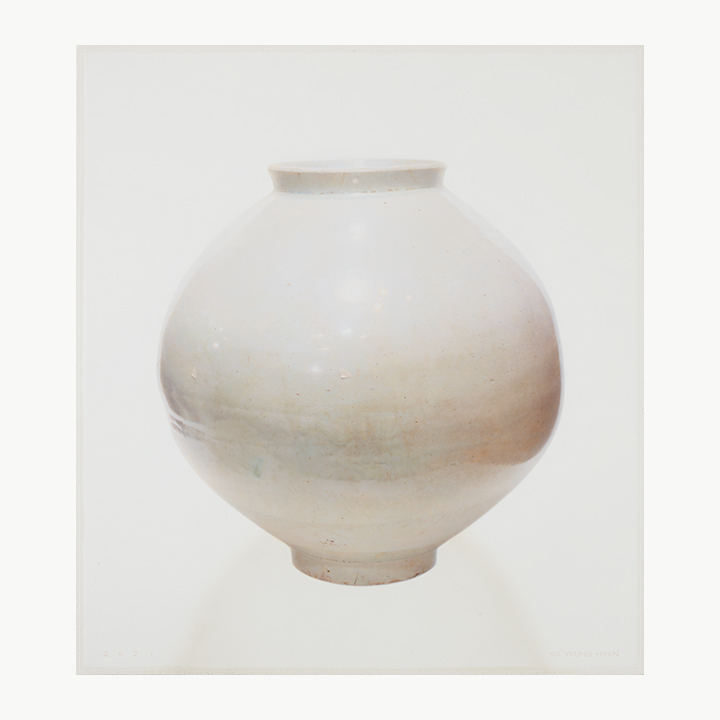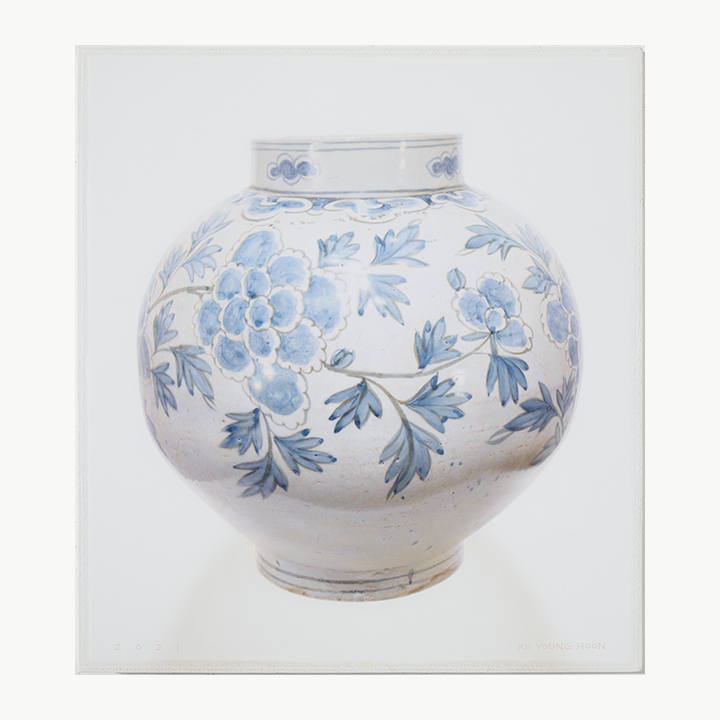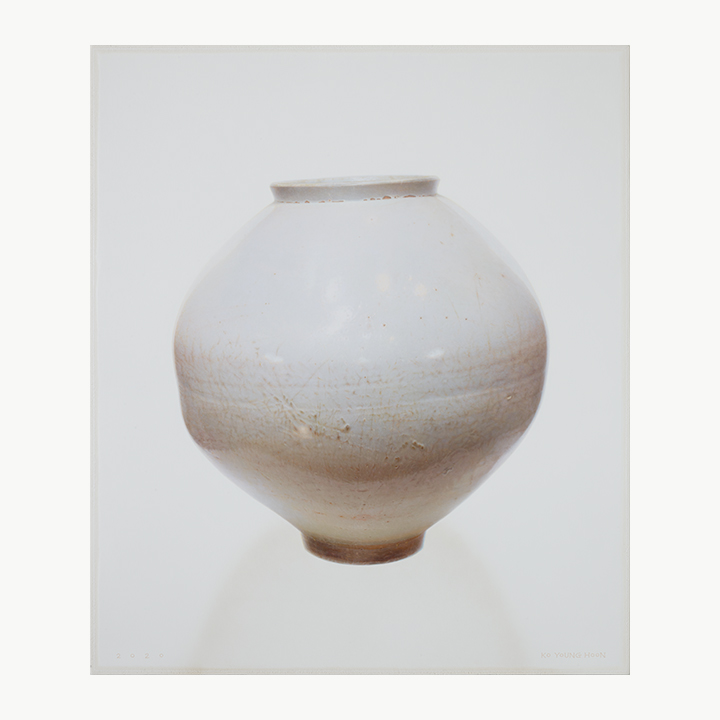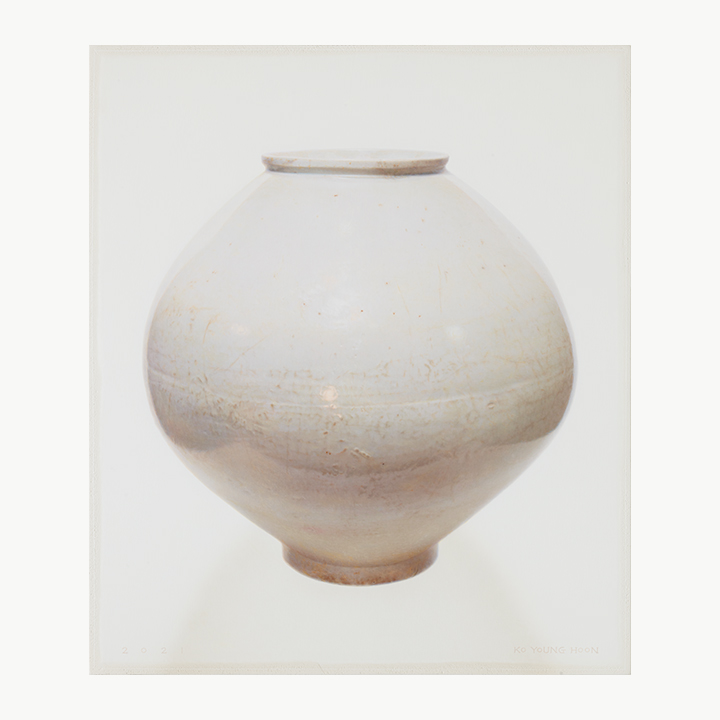ARTIST
Ko Younghoon
고영훈
1952-
Ko Younghoon (b. 1952), who paints surprisingly hyper-realistic images, tries to make a reality through painting. The dichotomous boundary between the real and the illusion seen in the painting by René Magritte strongly influenced Ko’s views of art. Ko refuted Magritte’s view that the image is merely significant and that an image without the signified is merely an illusion. To him, the image is an illusion, but at the same time is real. Furthermore, the image positioned as a representation is sensuous and does not require comprehending linguistic elements. Attempting only to embody the real through visual depiction, Ko completes his work through realistic representation. Though he embodied illusions close to the real by arranging heterogeneous subject matter such as flowers, feathers and stones on books in the earlier years of his career, he later included the variability of the objects to represent the reality itself. To this end, he changed the focal points in the work, or portrayed objects and shadows simultaneously in an empty background, thus emphasizing the change of objects according to spaces. Ko Younghoon continues his experiments to expand the significance of painting, endeavoring to transcend the limits of representation by erasing the boundary between illusion and reality.
놀라울 정도로 극사실적인 이미지를 그려내는 고영훈(b. 1952)은 그림을 통해 실재를 만들고자 한다. 초현실주의 화가, 르네 마그리트(René Magritte)의 그림에 나타나는 실재와 환영의 이분법적인 경계는 고영훈의 작업관에 많은 영향을 주었다. 허나 고영훈은, 이미지는 기표(signifiant)에 불과하며 기의(signified)가 없는 이미지는 환영일 뿐이라는 마그리트의 작업관을 정면으로 반박했다. 그에게 이미지는 환영이지만 동시에 실재다. 또한 표상(representation)으로서 자리하는 이미지는 감각적인 것으로, 이를 이해하기 위한 언어적인 요소는 불필요하다. 오로지 시각적 묘사로만 실재를 구현하고자 하는 고영훈은 사실적 재현을 통해 이를 완성한다. 그는 초기에는 책 위에 꽃이나 돌 혹은 깃털과 같은 이질적인 소재들을 배치함으로써 실재에 가까운 환영을 구현했지만, 후기작업부터는 시간의 흐름에 따른 오브제의 가변성까지 포함하며 실재 그 자체를 재현하고자 했다. 이를 위해 작가는 초점의 변화를 주거나 텅 빈 배경 속에 그림자와 오브제를 동시에 묘사함으로써 공간에 따른 물체의 변화를 강조했다. 이처럼 고영훈은 환영과 실재의 경계를 지우는 행위를 통해 재현의 한계를 뛰어넘으며 회화의 의미를 확장하는 실험을 이어가고 있다.
